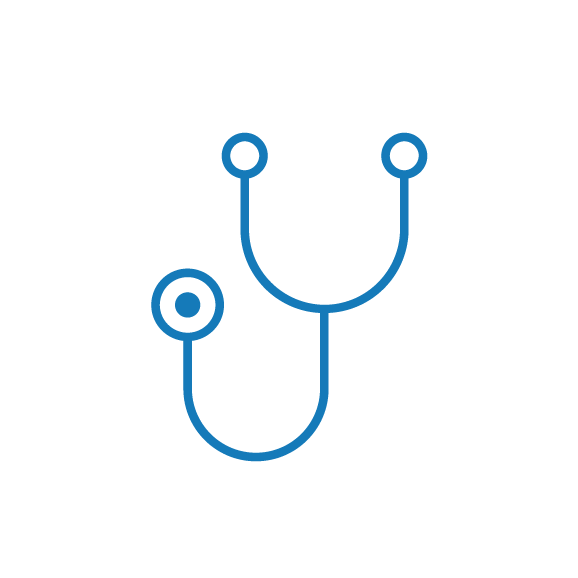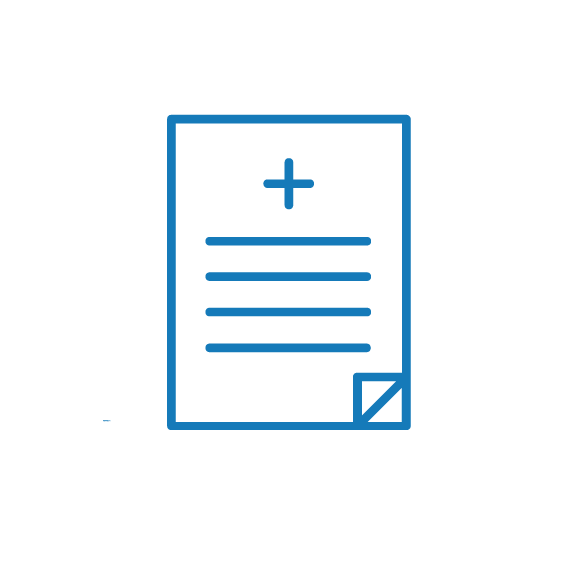Mid-Year Checkup: Prioritizing AWVs All Year Long
With the COVID-19 pandemic pausing many in-person visits, it’s important to keep Annual Wellness Visits (AWVs) top of mind for Medicare beneficiaries. AWVs help patients manage existing conditions and plan for a better future, while identifying important preventing screenings that may be needed, such as fall risk or colorectal cancer screenings. It’s vital that practices begin scheduling AWVs for appropriate patients immediately and move these visits to telehealth when necessary.
When completing AWVs, keep in mind that the following patients need an AWV and should be prioritized when scheduling visits:
- High risk patients or patients with chronic conditions
- Patients on multiple different medications (at least 8 or more)
- Patients with frequent hospital or ED Visits
- Patients due for their AWV
While some patients may be slow to adopt telehealth, patients with comorbidities or that are otherwise immunocompromised, as well as patients ages 65 and older, are at a higher risk of contracting coronavirus and benefit from minimizing their exposure to illness. On top of that, telehealth visits offer the opportunity for caregivers and family members to be involved in the visit, which can be helpful during key discussions about a patient’s health. Whether you decide to conduct virtual or face-to-face AWVs, here are some best practices to consider when scheduling these important visits:
- Use a prioritized list to determine which patients need screenings scheduled first, using the following criteria:
- Highest risk patients
- Patients with chronic conditions and/or multiple comorbidities
- Patients with history of positive screen
- Identify patients with most opportunities to improve care
- If you receive VHAN Quality Measures reports, leverage the new format of reports in Box to identify open care gap opportunities
- Flag the patient chart to notify your team that the patient is due for an AWV
- Group telehealth appointments during one part of the day to enhance clinic workflow
- Schedule visits with unique diagnosis type (i.e. diabetes clinic, hypertension clinic)
- Whether your visit is virtual or in person, be prepared to code it correctly to accurately document the patient’s conditions and maximize your reimbursement. You can download the VHAN Medicare AWV Coding Guide here.
For more tips for scheduling AWVs via telehealth, download the AWV and Gaps in Care webinar slides.




